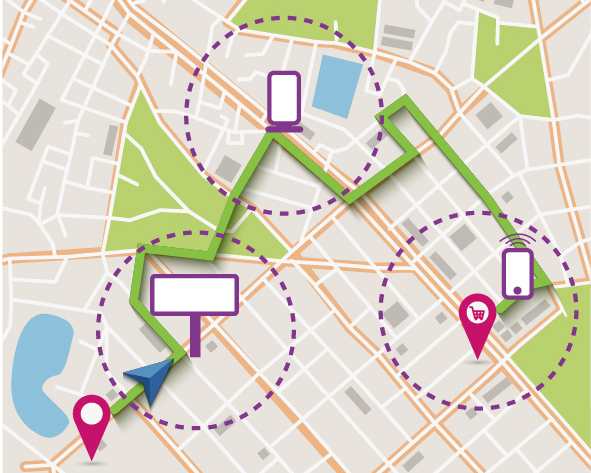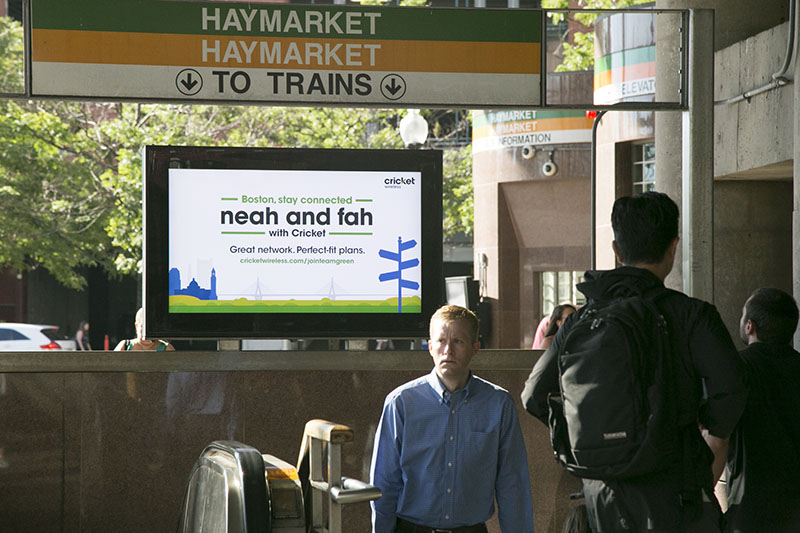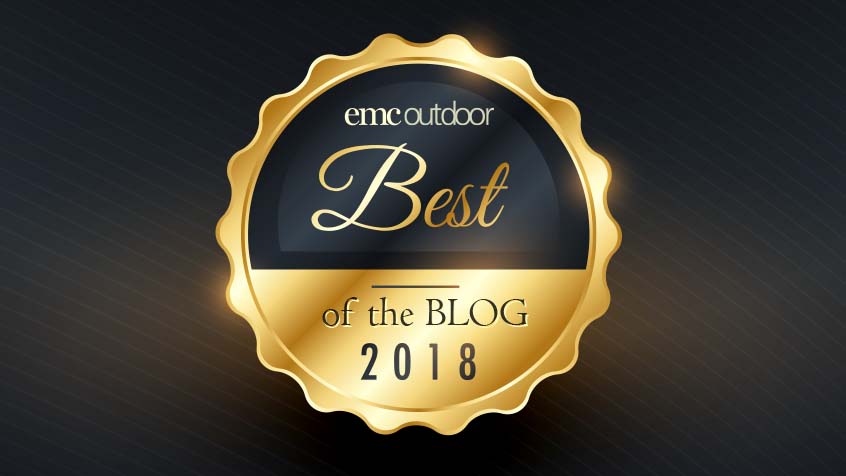Abraham Lincoln famously said, “Give me six hours to chop down a tree and I will spend the first four sharpening the axe.” We would take that idea and say, “Give me six weeks to launch a marketing campaign and I will spend the first four sharpening the media plan”. To that end we’d like to devote the third and final installment of our Introduction to Out of Home series to the planning of your campaign.
If you’re just getting to the party, in Part 1 we helped acquaint you with the variety of Out of Home media options, how they work, and some of the key strengths of each. In Part 2, we helped provide some insight into why Out of Home should be a key part of your media plan.
In Part 3, we’d like to look at some of the key things that you need to think about before you start planning your Out of Home campaign. Out of Home planning is all too often viewed as simply buying a billboard – but the truth is it’s a little more complicated than that.
Recent changes in data & technology are transforming the industry into a media that can be planned with the same types of targeting and precision as other channels. With the wide variety of media options available, the variability of media efficacy across different markets, and the advances in data, it’s critical that advertisers approach their OOH plan with the same level of detail as their other media.
So, to help get you started, here are some of the key questions that you will want to have the answers to before you start planning your Out of Home campaign:
What do you need to know to start planning your Out of Home Campaign?
1: Who’s your audience?
It’s not just HHI, or 18+. Out of Home targeting is changing, becoming much more specific with regard to location, and audience segment, and where that audience moves in a market
The explosion of data available to markets via our mobile devices has set off a massive overhaul of how OOH media is measured and planned. Gone are the days of simply picking a billboard down the road from your retail location (although that still has value). By mining mobile location data, and combining that with audience behavioral segmentation OOH can now build a picture of where a very specific audience goes within a market, giving a much more specific, detailed, targeted map of how to optimize your Out of Home media placement.
2: What’s your market?
Out of Home is still a location based medium – so what are the key markets that you need to reach? Every city has its own particular OOH landscape, certain media may be more effective in one market than another.

Understanding your audience’s behavior in the real world will also help inform the Out of Home media placement. How do they travel? Is it a driving market, or is there a strong public transportation system? Or more specifically, does your audience drive more or take public transportation? Where do they go? Where do they shop? What do they do in their free time? Go shopping at the mall or work out at the gym? The answers to all these behavioral questions will help zero in on the most effective media choices to reach your audience.
As mentioned in Part 2 (Why You Should Include OOH), identifying your audience and adding the new data allows for much more precise OOH placement. Instead of messaging served to a wide swath of the general audience, Out of Home can now use that Big Data to serve the right segments at the right time.
3: What’s your budget?
Clients who are unfamiliar with OOH will often say: “how can I know a budget if I don’t know what it costs?”, and that’s a fair question. Your Out of Home partner should be able to help by supplying some top line planning rates.
But, you can also start by looking at your overall budget. Historically OOH budgets have run at about 4-5% of the total media spend. But recent research by Omnicom’s Benchmarketing suggests that, based on the ROI potential for Out of Home compared to other media, and depending on where it lives in your marketing funnel, that the number should probably be higher. Depending on the exact purpose, objectives, vertical and place in the sales funnel, recommendations were anywhere from 5-13%.
4: What’s your message?
Simply taking existing assets and adjusting the layout doesn’t do justice to the medium. There’s an old adage in Out of Home that “seven words is one too many”. Keeping it simple is the key!
But – your message should consider the media – is it a billboard, or something with a longer dwell time? Should you have different messaging across different OOH formats? Should you have different messaging across micro-target areas within a given market? – Are there different subset pockets of your audience in different areas, that should have a different message?

Are you using digital Out of Home? – If so how does that affect that message – should you be using dayparting? (hint: the answer is “yes”). Can you incorporate dynamic / conditional elements or real-time feeds (weather, sports, news, social media, etc). Can you use the ability to change creative to build a sequential story?
5: How does this tie into the rest of your media plan?
Out of Home is often an afterthought, and this is a crucial strategic oversight – it should be planned at the same time as other media, and, for a cohesive effective campaign, should be integrated with the rest of the channels being used. This is particularly critical with digital/mobile because they are so closely intertwined. Are you geofencing all your OOH assets to help create audiences for digital retargeting and sequential messaging later? (hint #2: you should be, here’s why)
New research shows how Out of Home increases the effectiveness of mobile campaigns, or how it helps drive search. Based on the infographics found in my colleague’s recent post “How are Mobile Advertising and Out of Home Media Aligned?”, Out of Home and mobile have become bosom buddies. How will your next media plan be informed by the changing landscape of how you engage your audience?
Planning for Success:
Changes in data, technology and infrastructure are rapidly changing how Out of Home media is planned, bringing it in line with other media – particularly digital channels. For advertisers to take full advantage of the media they need to give as much care to their OOH planning as they do their other media, and to make sure they are considering it as part of an integrated media plan.
Another historical figure of whom we are very fond—what with our home office being in Philadelphia—the brilliant polymath Benjamin Franklin once said, “By failing to prepare, you are preparing to fail”.
We love to talk about Out of Home, and to help educate advertisers about how to use the media. We’d be happy to conduct a training seminar for you and your team. Contact us to learn more:
[contact-form to=’info@emcoutdoor.com’ subject=’Re: Request for Information’][contact-field label=’Name’ type=’name’ required=’1’/][contact-field label=’Email’ type=’email’ required=’1’/][contact-field label=’Company Name’ type=’text’/][contact-field label=’Message’ type=’textarea’ required=’1’/][/contact-form]





